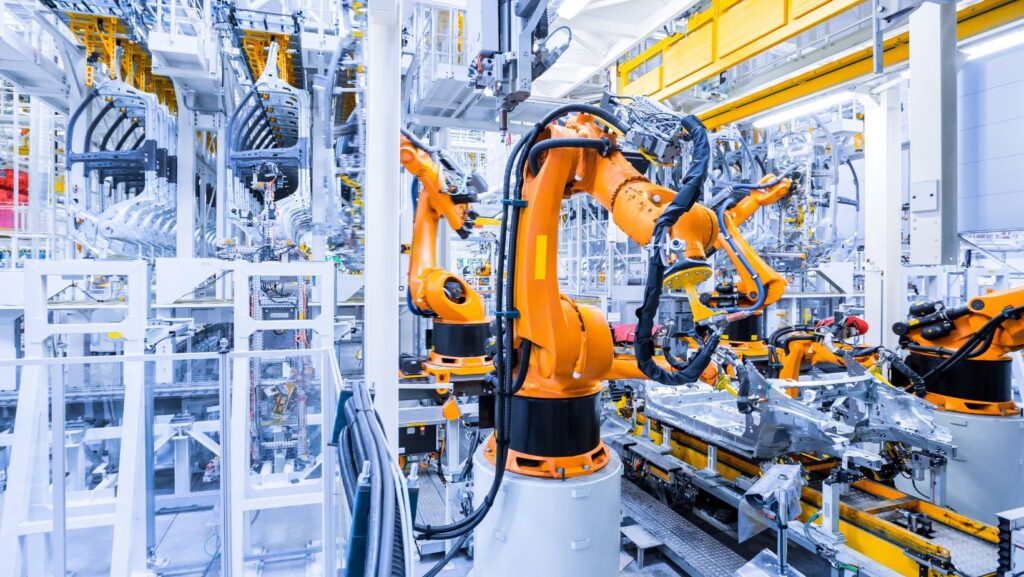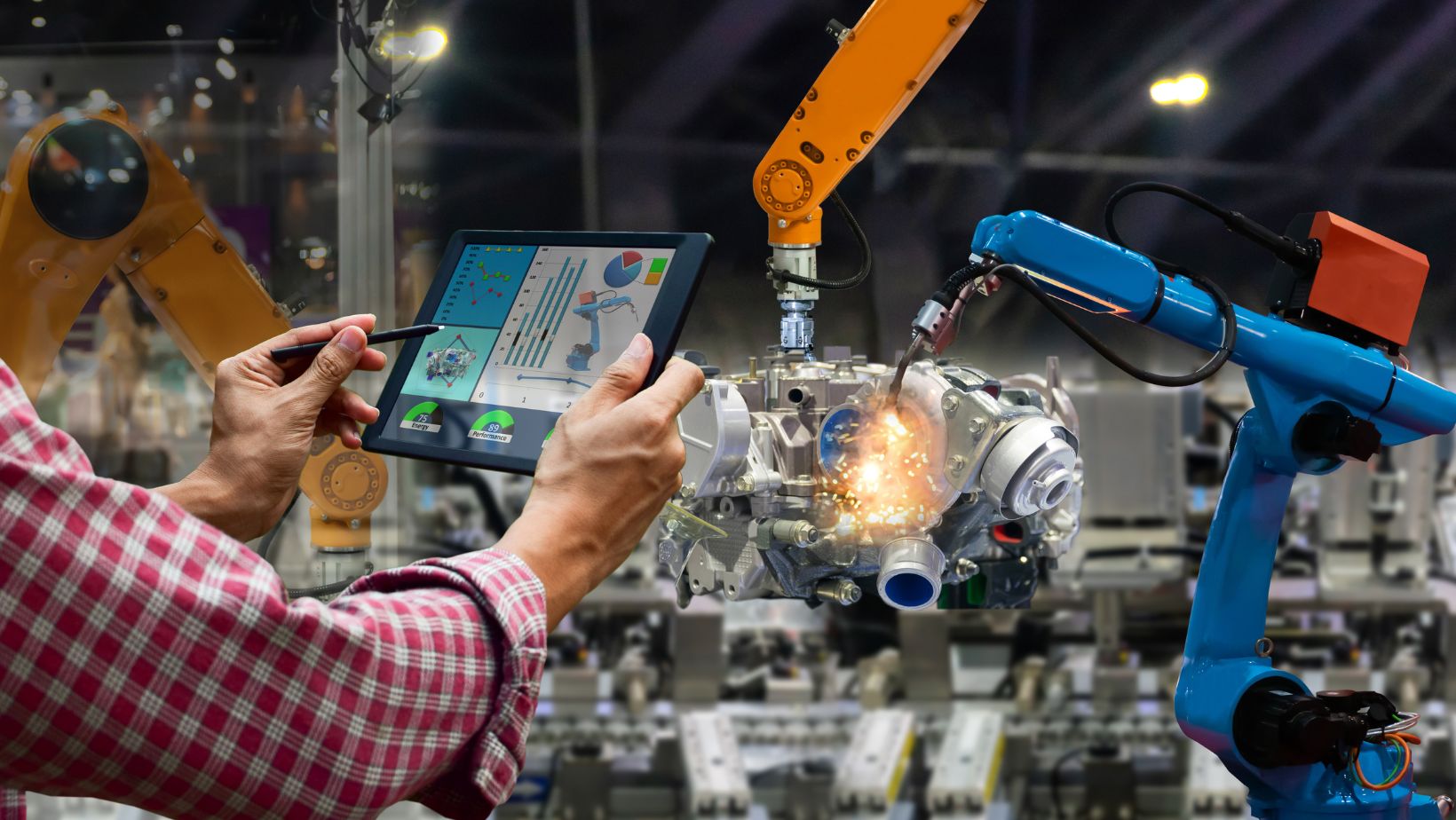
Automation is not a new thing. The modern world was made possible by transferring skilled human labor to vastly more efficient machines. During the 19th century, textiles, metalwork, and milling (among other things) were extensively automated, and the resulting increases in productivity were immense.
Today, automation in manufacturing is still ongoing – and for much the same reasons. Among the most dramatic and impressive manifestations of this trend has been the rise of robots in factories across the world. But, if you’re a manufacturer, why would you consider investing in robotics? Let’s take a look at a few key advantages.
The Role of Robotics in Boosting Efficiency and Precision
A robot can perform the same task, over and over again, and be accurate down to the micron. This makes them perfect for assembly lines. You might think of a CNC machine, slicing through a sheet of plywood. Or, a pick-and-place circuit assembler, distributing tiny components to exactly the positions they need to be.

The elimination of human involvement in these tasks has helped to drive down error rates and, in some cases, make entirely new ways of building things viable.
Automation and Cost Reduction in Manufacturing
Not only are robots more precise – they also tend to be much cheaper. A robot can be made to work for twenty-four hours a day, seven days a week. They are unaffected by fatigue, and they don’t ever call in sick.

The investment in a robot on a production line can be significant – but the cost savings are considerable. All you need to worry about is the cost of actually running and maintaining the machine – which is often substantially less than the cost of employing the flesh-and-blood alternatives.
Challenges and Workforce Adaptation in the Age of Automation
The up-front costs of the right machines can be considerable, which might mean seeking outside finance. They’ll also need to be supplied with a steady stream of spare parts, like relay sockets, which are essential for reliable electrical connections in robotics and automation systems.
You might also find that your existing workers struggle to adapt to the new way of doing things. They might need additional training and mentoring. Putting in place a comprehensive plan for the switch can help you to ease the transition, and reduce the rate of staff turnover among valued members of your team.
Workers may recognize that automation is an industry-wide phenomenon, and to get the best from their careers, they’ll need to adapt. However, in some manufacturing contexts, the importance of traditional skills, like hand soldering, might still be paramount – and so some members of your team might be valuable in other roles – perhaps related to servicing and maintenance.










